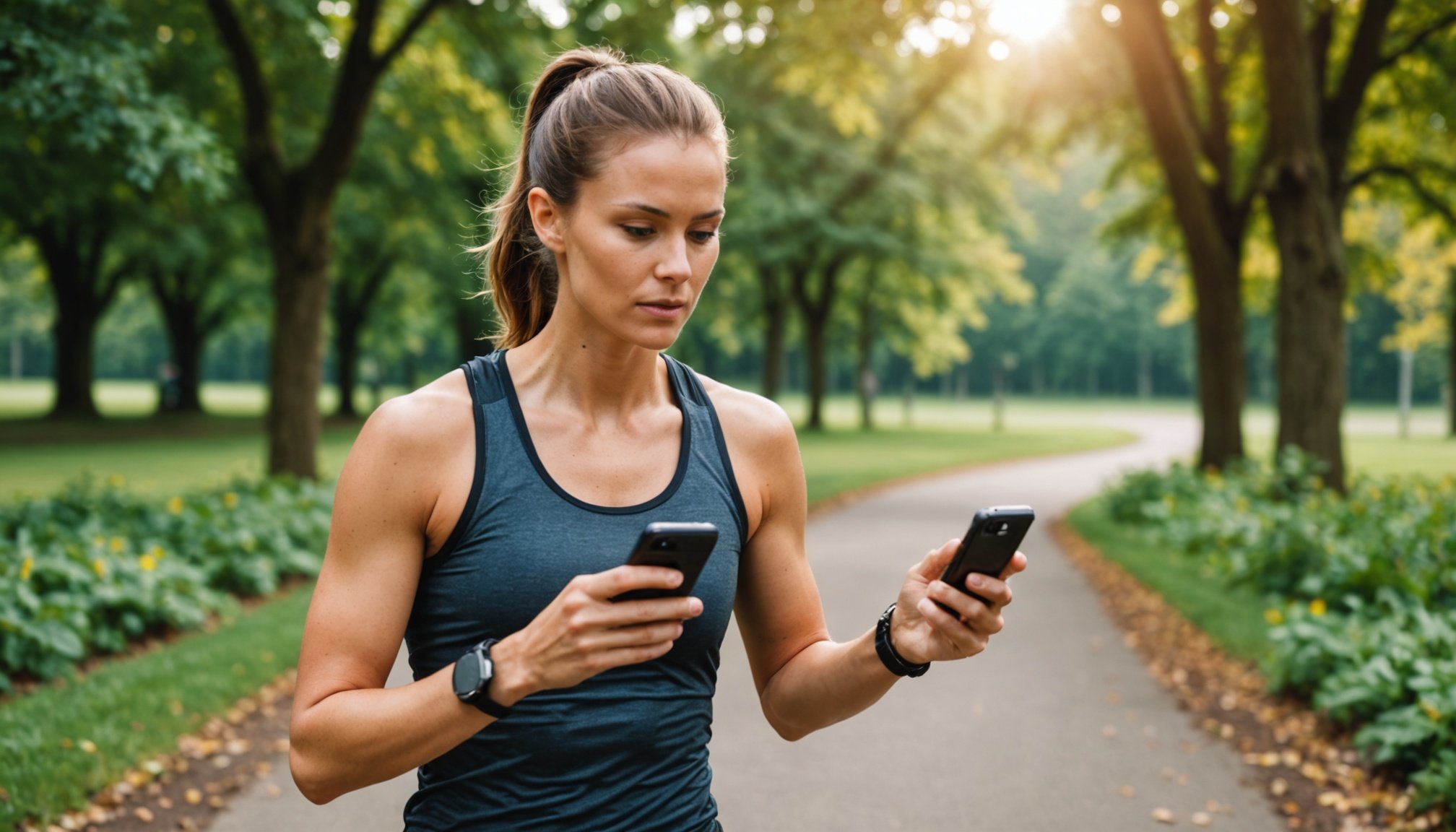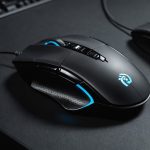Enhancing Fitness Tracking with Smartphones
Smartphones play a pivotal role in fitness tracking by integrating seamlessly with apps designed for this purpose. Smartphone apps not only provide detailed data monitoring but also offer users an opportunity to customize and refine their fitness regimes. With features such as GPS, heart rate monitors, and calorie trackers, these apps transform a phone into a personal trainer. Users can easily set and track personal fitness goals and receive insights into their progress.
Despite the robustness of smartphone apps, wearables like smartwatches and fitness bands further enhance this experience by constantly feeding real-time data back to the phone. A smartphone, paired with a wearable device, provides comprehensive monitoring by measuring a broader range of metrics, such as quality of sleep and daily activity levels.
Additional reading : Unlocking value: key influencers on smartphone resale prices
Thus, choosing suitable smartphone apps with appropriate data monitoring features becomes crucial. Look for ones that align with your fitness objectives and offer seamless wearable integration. This way, fitness enthusiasts are better equipped to monitor their health actively and adjust their lifestyle for optimal well-being.
Top Smartphone Apps for Activity Tracking
When selecting activity monitors, opting for the right fitness apps can substantially enhance your exercise experience. Numerous apps are available that cater to different fitness needs and preferences. Comprehensive Fitness Tracking Apps like Fitbit and MyFitnessPal offer an all-in-one solution, boasting features such as personalized coaching, step counting, and dietary tracking. These standout apps encourage a holistic approach to health management.
Also to discover : Unlocking Superior Connectivity: Essential Smartphone Configurations for Mastering Mobile Hotspots
For those engaged in specific activities, specialized apps are designed to cater to niche interests, such as running or cycling. For example, Strava provides detailed analysis for cyclists and runners, thereby serving the needs of these specific groups effectively.
The choice between free versus paid apps can impact your experience, as paid versions often unlock exclusive features that enrich the tracking and customization experience. Free options like Google Fit and Apple Health merit consideration for their ease of use and integration with devices. User reviews often spotlight the effectiveness and user-friendly nature of these apps, underscoring their value in achieving fitness goals. When evaluating these tools, consider both personal needs and the unique features each app presents.
Enhancing Fitness Tracking with Smartphones
The integration of smartphone apps in fitness tracking represents a significant leap forward for enthusiasts. When selecting apps, features such as GPS and heart rate monitors are crucial. These features allow users to track their routes, monitor their heart rate accurately, and set personalized fitness goals. The ability to customize these settings ensures that users can tailor their tracking experience to fit their individual needs.
Additionally, pairing your smartphone with a wearable device can enhance your tracking experience even further. Wearables such as smartwatches continuously provide real-time data, feeding it back to smartphone apps for comprehensive data monitoring. This seamless integration enables users to monitor a broader range of metrics beyond simple step counting, contributing to a more complete view of their health and fitness.
The user experience is significantly improved when these apps feature intuitive, user-friendly interfaces. This means that even those who are less technologically inclined can easily navigate and utilize app features to their full potential. Ensuring your app choice supports your specific fitness objectives and suits your preferences can make all the difference in achieving success in your fitness journey.
Features to Look for in Activity Tracking Apps
To maximize fitness tracking effectiveness, selecting smartphone apps with robust activity tracking features is vital. The presence of GPS, heart rate monitoring, and calorie counting can significantly enrich your fitness journey. These features provide detailed insights into your workouts, from distance to intensity.
Customization options in fitness apps allow you to tailor your exercise regime to meet personal goals. Whether you are training for a marathon or aiming to improve general fitness, the ability to set personalized targets is indispensable.
A user-friendly interface is another crucial aspect of any fitness app functionality. An intuitive design ensures that users of all tech-savviness levels can navigate the app with ease, maximizing the use of its capabilities. A clutter-free, straightforward layout facilitates better data monitoring, empowering users to stay focused on their fitness objectives without unnecessary distractions.
Finally, the integration of wearables with smartphone apps enhances data monitoring by providing continuous, real-time insights. This seamless syncing between devices ensures a comprehensive overview of your activities and health metrics, allowing for well-informed adjustments to your fitness strategy.
Best Practices for Data Interpretation
Understanding and analysing fitness metrics can substantially enhance your fitness journey. Comprehending key metrics like heart rate, step count, and calories burned is fundamental for effective performance tracking. By analysing these data points, users can adjust their activities to match their health objectives and maximise efforts.
Setting realistic fitness goals is pivotal for sustained success. Begin by evaluating current fitness levels through collected data and then establish objectives that challenge yet are achievable. For instance, if your step count averages 5,000 steps daily, incrementally increase this target to obtain progressive improvements.
Integrating data from multiple sources, such as smartphone apps and wearables, provides a holistic view of your body’s responses to various stimuli. Combining these data streams can offer valuable insights into your health patterns and trends, facilitating more informed decisions about training strategies and lifestyle changes.
Ultimately, effective data analysis goes beyond merely collecting information. It involves interpreting and applying this knowledge to create tailored fitness plans, helping users progress intelligently towards their health goals. Engaging in these practices not only improves physical well-being but also empowers individuals to make data-driven lifestyle adjustments.
Success Stories and Testimonials
The success stories of individuals achieving fitness goals through smartphone apps offer inspiring examples of what’s possible. Many users have found that these apps help them stay motivated and accountable by allowing them to track their progress meticulously. For instance, a user who aimed to run a marathon successfully increased their endurance using specialized training apps, which provided coaching and training plans tailored to their needs.
Testimonials often highlight the critical features that contribute to positive user experiences, such as autonomy in setting challenges and the supportive community engagement facilitated by social sharing features. This ability to connect with others and share achievements amplifies motivation and creates a sense of belonging.
Incorporating social features within fitness apps can profoundly impact user engagement and adherence to fitness routines. By allowing users to share their journeys, receive encouragement, and learn from others, apps foster a supportive environment that encourages continued use and progress. These examples and user testimonials underscore the importance of carefully selecting an app that complements personal fitness objectives and maximises user satisfaction.










